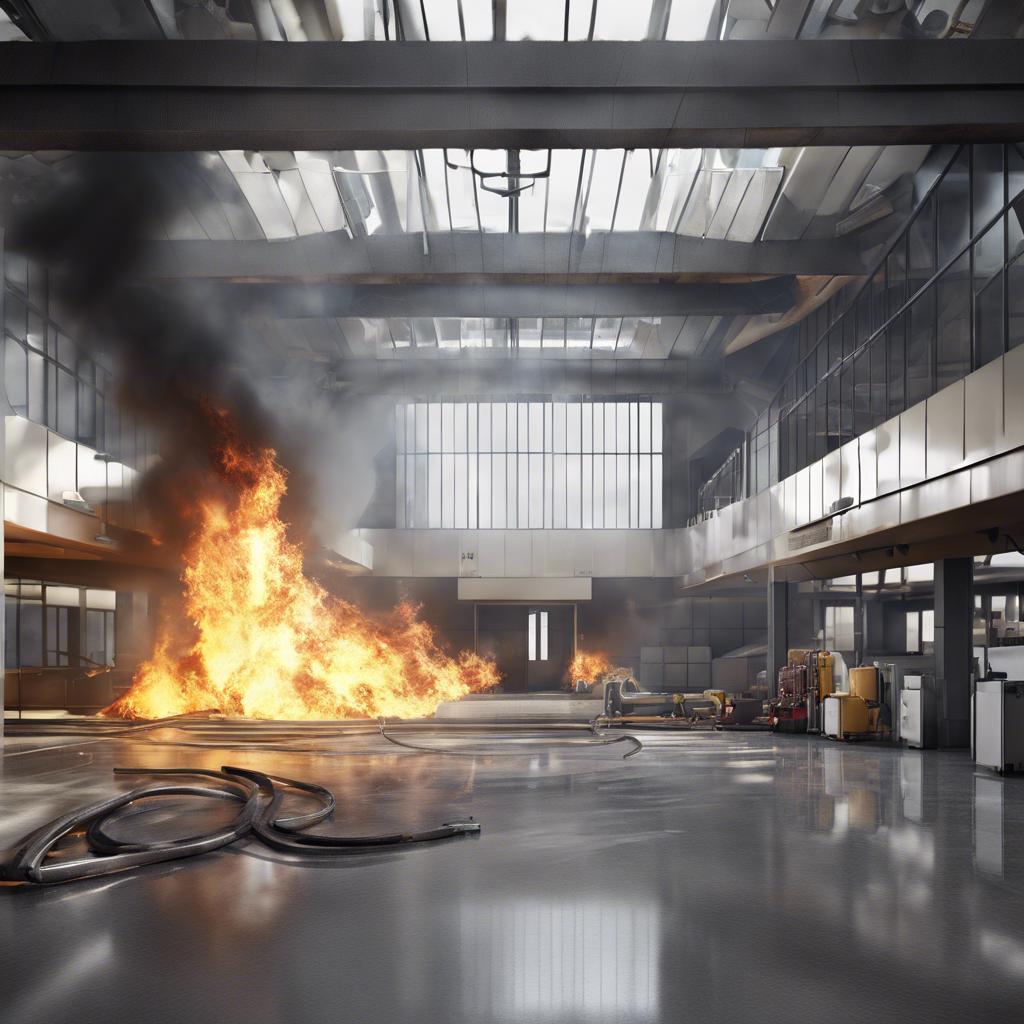Workplace Fire Safety: Your Guide to Minimising Risks and Staying Safe
- Outsource Safety

- Jun 13, 2024
- 2 min read
When it comes to workplace safety, one of the most critical aspects that often gets overlooked is the risk of fire. Every workplace, irrespective of the industry it belongs to, faces the potential threat of a fire breaking out. Therefore, it is essential for both employers and employees to take proactive measures to identify fire hazards, assess the risks, and implement necessary safety protocols to ensure a secure working environment. In this guide, we will explore the key steps you can take to minimize the risk of workplace fires and protect yourself and your colleagues.
1. Identify Fire Hazards
The first step in preventing workplace fires is to identify potential fire hazards within your work environment. This includes sources of ignition, combustible materials, faulty electrical equipment, and flammable liquids. Conducting regular inspections and risk assessments can help in identifying these hazards and taking corrective actions to mitigate them.
2. Assess the Risks
Once you have identified the fire hazards, the next step is to assess the risks associated with them. Evaluate the likelihood of a fire breaking out and the potential impact it could have on the workplace and its occupants. Understanding the risks can help in developing a comprehensive fire safety plan tailored to your specific workplace needs.
3. Implement Safety Measures
Putting in place effective safety measures is crucial in preventing workplace fires. This includes installing fire detection and alarm systems, maintaining fire extinguishers, ensuring proper ventilation, and establishing evacuation procedures. Conducting regular fire drills and providing fire safety training to employees can further enhance preparedness and response in case of an emergency.

4. Create an Emergency Response Plan
In the event of a fire, having a well-defined emergency response plan can save lives and minimize damage. Ensure that all employees are familiar with the evacuation routes, assembly points, and emergency contacts. Designate fire wardens to assist in evacuating colleagues and communicate clear instructions in case of a fire emergency.
5. Regular Maintenance and Inspections
Maintaining a safe workplace environment is an ongoing process. Regularly inspecting and testing fire safety equipment, electrical systems, and storage areas for hazardous materials can help in identifying potential risks and addressing them promptly. Compliance with fire safety regulations and standards is essential to ensure a safe working environment for all.
By following these steps and prioritising fire safety in the workplace, you can significantly reduce the risk of fires and protect yourself and your colleagues from harm. Remember, fire prevention is a shared responsibility, and staying informed and prepared is the key to ensuring a safe and secure work environment for everyone.
Let us take the risk out of managing safety.
📞 1300 776 469
💻 www.outsourcesafetyaus.com




Comments